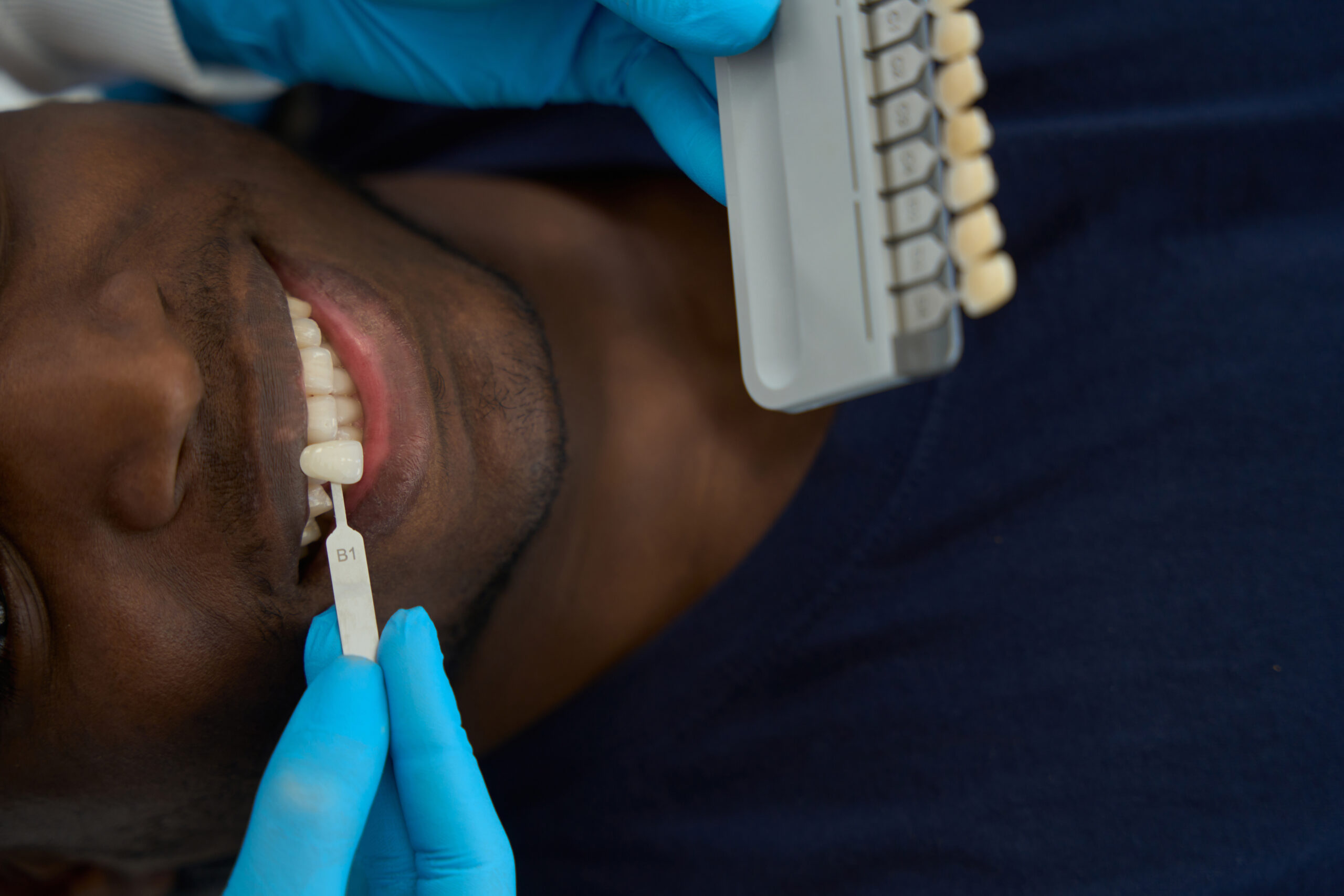
We don’t think much about tongues. We can’t even really feel our own tongues in our mouths. But without our tongues, life would be so different. It would be nearly impossible to eat foods we enjoy and converse with others.
At Absolute Smile, we wanted to share with you some interesting and even odd facts about this vital but not-often-thought-about organ. Keeper reading to learn some fascinating tongue facts.
1. Tongues Have 2,000-4,000 Taste Buds
Taste buds are combinations of cells on our tongue that allow us to taste the foods we eat. They consist of basal cells, columnar (structural) cells, and about 10-50 taste receptor cells. Humans have 2,000-4,000 of these little cell combinations on their tongues.
Here’s an even more interesting fact: taste buds completely renew themselves about once a week (sometimes up to once every 10 days). That means you never have the same set of taste buds on your tongue for more than 10 days at max.
2. You Don’t Sense Different Tastes in Different Areas of Your Tongue
Remember learning how your taste buds are spread across different areas on your tongue for sweet, salty, sour, and bitter?
Turns out that this isn’t true.
In truth, you can taste all flavors — including the fifth flavor, umami (savory) — on all areas of the tongue.
That said, the back of your tongue is more sensitive to bitter tastes (but you can still taste bitter everywhere). Additionally, the sides of the tongue are more sensitive than the middle to all tastes.
3. Taste Buds Were Key to Survival and Evolution
Humans evolved with taste buds as a survival mechanism. Good tastes indicated nutrients, whereas bad tastes indicated potential dangers.
For example, bitter and sour tastes could mean we’re eating a poisonous plant or a fruit going bad. This might be why the back of the tongue is more sensitive to bitter tastes — it helps us spit out foods before swallowing them.
On the other hand, our taste buds make sweet and salty foods taste good because they tend to be rich in nutrients.
Thanks to modern science, we know that these facts aren’t always the case. Plus, foods that were once dangerous may have been bred to be enjoyable now.
Still, our sense of taste proved to be a beneficial tool to our ancestors’ survival in a world without any scientific understanding.
4. Tongues Average 3 Inches in Length
The average adult male tongue measures 3.3 inches in length, while the average adult female tongue clocks in at 3.1 inches on average.
How are tongues measured, though?
The tongue goes all the way back to your throat, where it stops at a flap of cartilage called the epiglottis. So to measure the tongue, they start at the epiglottis and end at the tip of the tongue.
5. Tongue Prints are as Unique as Fingerprints
Everyone’s fingerprint is unique — and so is everyone’s tongue. In fact, some people have considered using the tongue as a way to identify individuals.
Their line of thinking makes sense: the tongue is in the mouth, making it harder to forge or alter in any way. At the same time, people can stick out their tongues in any instance where they might need to have their tongues looked at.
Looking for a dentist in Philadelphia for your next cleaning or exam? Absolute Smile would be happy to have you. Schedule your appointment today — all new patients get a free consultation.







